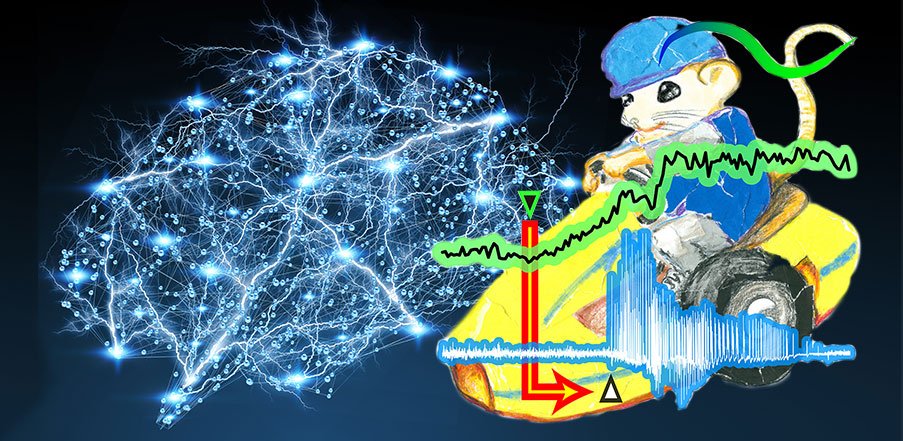Whether virtual or in-person learning is better may be the wrong question.
New Cornell psychology research finds that sitting face-to-face, rather than shoulder-to-shoulder, enhances learning and innovation – even when we’re learning complex physical skills that should be harder from that perspective.
In experiments, children and adults solved a complex visual and spatial problem – opening a puzzle box – more quickly after they watched a model demonstrate a solution face-to-face, compared with others who observed from next to or perpendicular to the model.
Across ages, test subjects performed better when they could observe not only an instructor’s hands but also their eyes, gaze and facial movements. The researchers propose that face-to-face interaction transmits valuable social information about goals and motivations in addition to visual information about the task.
“This shared mental perspective might be more important for some types of learning than sharing a common visual perspective,” said Ashley Ransom, M.A. ’18, a doctoral student in the field of developmental psychology. “Face-to-face interaction might facilitate creativity and innovation rather than strict mimicry of the teacher.”
Ransom is the lead author with Dr. Brian LaGrant ’17, M.D. ’21, of “Face-to-Face Learning Enhances the Social Transmission of Information,” published Feb. 25 in PLOS ONE. Adam K. Anderson, professor in the Department of Psychology and in the College of Human Ecology (CHE), and Eve De Rosa, associate professor of psychology and a Rebecca Q. and James C. Morgan Sesquicentennial Fellow in CHE, and the dean of faculty, are senior authors. Anthony Spiteri, a former postdoctoral fellow in Anderson and De Rosa’s Affect and Cognition Lab, and Tamar Kushnir, now a professor at Duke University, are co-authors.
Learning a new visuospatial task, such as how to tie a knot or play an instrument, is thought to require us to adopt the teachers’ perspectives, to try to see the world through their eyes. However, the new research suggests it might also be important to actually see their eyes.
Past studies have shown that imitating specific steps is easier when learners see what an instructor sees – for example, watching a video of hands building a circuit board. As we move from that 0-degree viewpoint to an opposite angle at 180 degrees, our brains must employ “mental rotation” to understand a model’s movements as meaning left or right, forward or backward.
As a result, the researchers said, learning to open a puzzle box should be more difficult when observing someone face-to-face. But the study found otherwise.
“Remarkably, the simple act of sitting across from someone can help overcome limitations in shared visual perspective,” the authors wrote. “Face-to-face learning overrode the inherent difficulty of taking another’s visual perspective.”
The colorful puzzle box – also called an artificial fruit box when first developed for studies with chimpanzees – contained four layers requiring 12 steps to open, including removing bolts and panels, moving sliders and turning screws. There were multiple possible solutions, and the model incorporated superfluous movements in their demonstration to help measure imitation.
The researchers randomly assigned 36 children ages 4 to 6, and 57 university students ages 18 to 27, to watch demonstrations from 0-, 90- or 180-degree orientations relative to the model. The subjects then got three tries to open the box from whatever position they preferred.
By one standard, face-to-face learners were less successful: They imitated less faithfully than participants who couldn’t directly see faces. But in accomplishing the real goal of opening the puzzle box, they were faster and more likely to come up with new solutions rather than relying on the model’s solution.
“They weren’t as good at mimicking, but there’s a benefit to that because it facilitated discovery,” Anderson said. “A social perspective – looking at people and where they look – allowed children and adults to become better learners at the condition that should have been the most challenging.”
Adults overall were more likely to copy the model’s solution and to choose to solve the puzzle box from the teacher’s vantage point. Children, in contrast, came up with new solutions and often remained in their original position.
Those results suggested adults had become better rote learners but less innovative with time and more formal education.
“Adults focused on recreating the model’s actions rather than the end result,” the authors wrote. “Children are more flexible learners than adults and engage in more exploration during learning.”
The research was supported by a grant awarded to De Rosa from the State University of New York’s Empire Innovation Program.








